Sansevieria (Snake Plant)
Sansevieria (Snake Plant), commonly known as Snake Plant or Mother-in-law’s Tongue, is a popular and resilient houseplant appreciated for its striking foliage and low-maintenance nature. With its upright growth habit and architectural appearance, it adds a touch of elegance and greenery to any indoor space.
Sansevieria (Snake Plant) Appearance:
Sansevieria (Snake Plant) features long, sword-shaped leaves that grow upright from the base in a rosette-like arrangement. The leaves are typically thick and fleshy, with variegated patterns of dark green and light green, or even yellow stripes. Some varieties of Snake Plant may have solid green leaves or unique colorations. The leaves have a glossy texture, and some species may have cylindrical or cylindrical-conical leaf shapes. Snake Plants are known for their air-purifying qualities, making them a popular choice for improving indoor air quality.
Sansevieria (Snake Plant) Care Tips:
Sansevieria (Snake Plant) Light:
Snake Plants tolerate a wide range of light conditions, from low to bright indirect light. They can even thrive in areas with artificial light. However, for optimal growth and leaf coloration, place them in moderate to bright indirect light. Avoid exposing them to direct sunlight, as it can scorch the leaves.
Temperature:Maintain a temperature range of 60°F to 85°F (15°C to 29°C). Snake Plants can tolerate lower temperatures but prefer warmer conditions. Protect them from cold drafts and avoid placing them near windows during winter when temperatures drop significantly.
Sansevieria (Snake Plant) Watering:
Snake Plants have low water requirements and are susceptible to root rot if overwatered. Allow the soil to dry out partially between waterings, and then thoroughly water the plant. It is better to underwater than to overwater a Snake Plant. Reduce watering frequency during winter when the plant’s growth slows down.
Sansevieria (Snake Plant) Soil:
Plant Snake Plants in well-draining soil. A mixture of potting soil, sand, and perlite works well. Ensure the pot has drainage holes to prevent water accumulation.
Sansevieria (Snake Plant) Humidity:
Snake Plants are adaptable to average room humidity but can tolerate low humidity levels. They are well-suited for environments with dry air, making them suitable for various indoor spaces.
Sansevieria (Snake Plant) Fertilization:
Feed Snake Plants with a balanced liquid fertilizer diluted to half the recommended strength every two to four weeks during the growing season (spring and summer). Reduce or stop fertilizing in winter when the plant’s growth slows down.
Pruning:
Trim any damaged or yellow leaves by cutting them off at the base. Snake Plants are slow-growing and generally require minimal pruning. Remove any dead or withered foliage to maintain a tidy appearance.
Repotting:
Snake Plants prefer slightly crowded roots and do not require frequent repotting. Repot them only when they become extremely root-bound, typically every two to three years. Use a slightly larger pot and fresh well-draining soil.
Snake Plants are cherished for their beauty, durability, and air-purifying qualities. They are excellent additions to homes and offices, adding a touch of elegance and freshening the surrounding air. Enjoy the beauty and simplicity of Snake Plants as they thrive with minimal care and provide long-lasting greenery to your indoor space.
Thank you choosing shifaa Garden Center


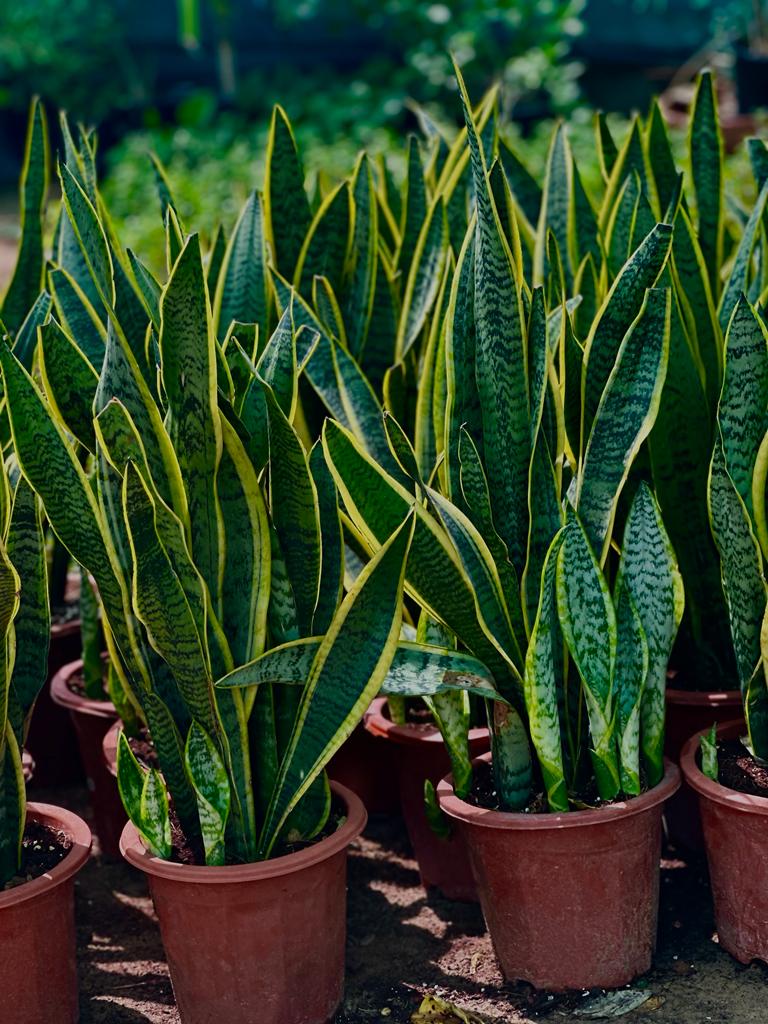

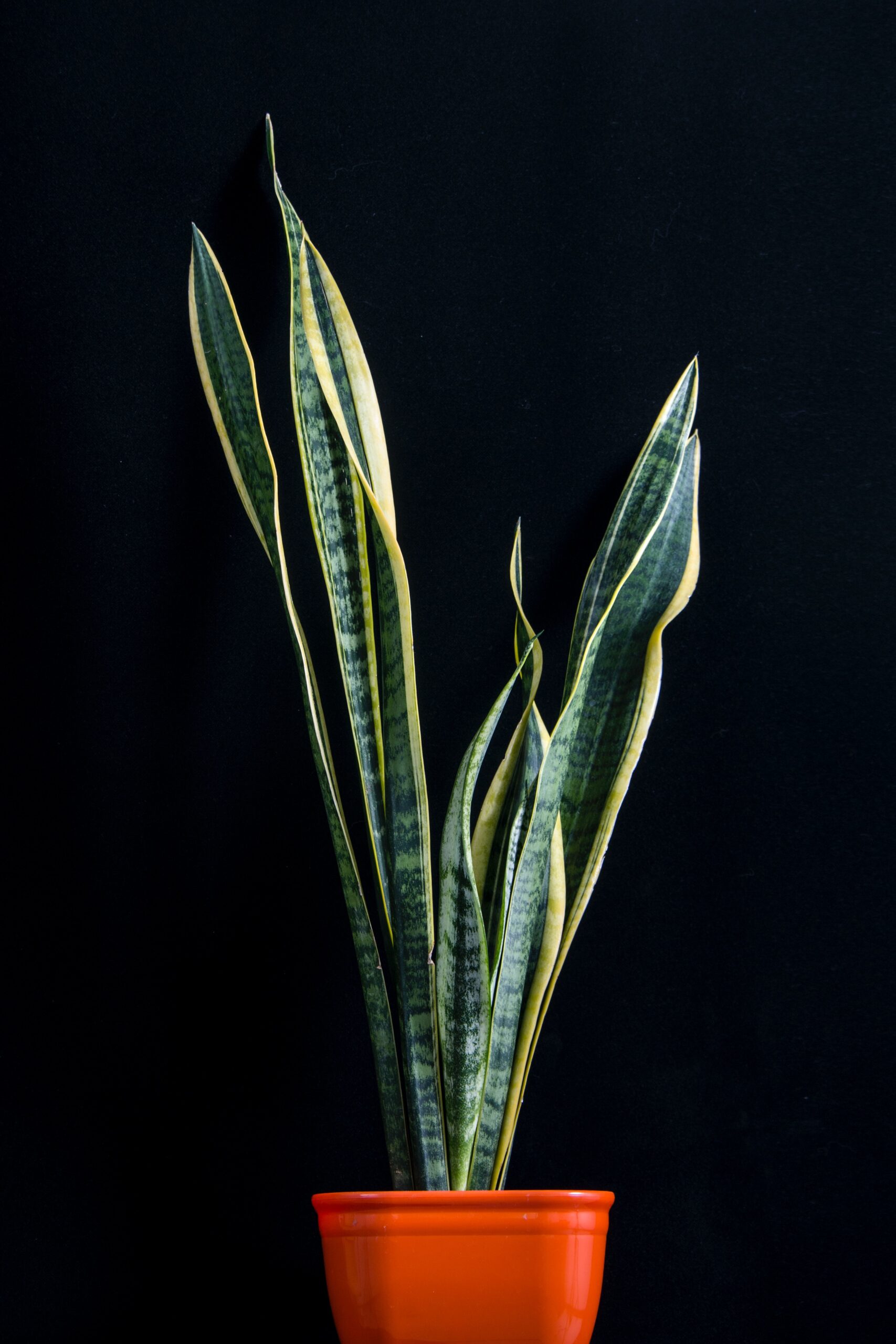
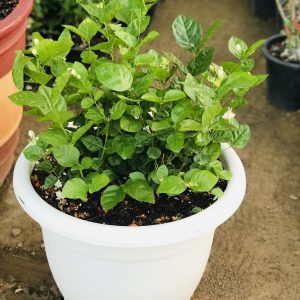
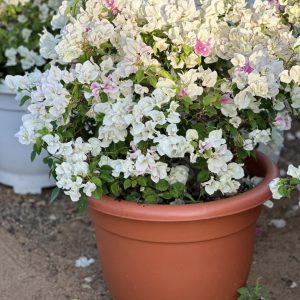
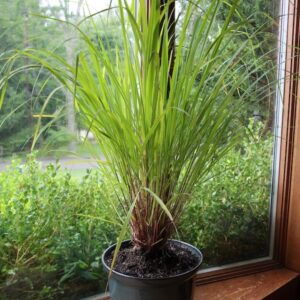
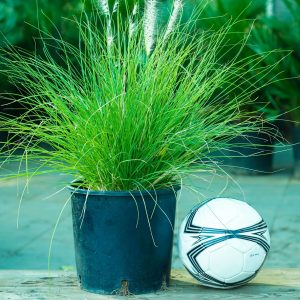
Reviews
There are no reviews yet.